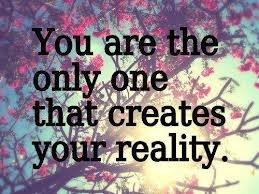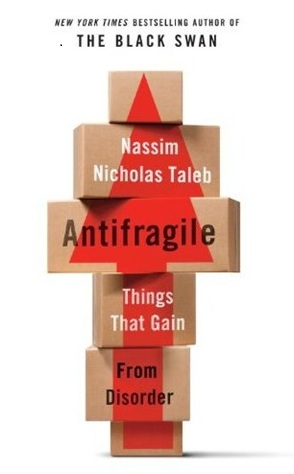Beware of the “Dark Side” of Entrepreneurism
As someone with lots of entrepreneurial DNA in my blood, what gets me excited are the opportunities that rise to their potential with lots of upside. We are working on a project right now that has lots of potential, and I feel situations like this help to bring a team together to work on something that could have an upside beyond existing expectations.
me excited are the opportunities that rise to their potential with lots of upside. We are working on a project right now that has lots of potential, and I feel situations like this help to bring a team together to work on something that could have an upside beyond existing expectations.
Near the end of last year, a couple of guys came to me and wanted to talk to Efficience about an idea they had to build a mobile app. They wanted to provide a cool way to look at what people are doing out there and share their thoughts. After some discussion, they proposed that we build the app for equity in the company. This is a tough thing to do, because if you build something and don’t get paid, you had better make sure that you have enough income from other projects to keep paying the bills or you will soon be out of business.
We had experienced investing our resources in a few different projects and getting them out there. However, seeing them not being accepted in the marketplace, in any way, was frustrating. Lots of our profitability was eaten up in R&D around the next idea – hoping for something to go viral and make the big bucks. But it didn’t! Why should we try again? Well, 1.Because you can’t help yourself when it is in your blood and 2. Because if you don’t keep trying, you will never provide the opportunity to truly succeed.
Over time, I have been made aware of how chasing these opportunities can get you into trouble and open you up to the “dark side” of entrepreneurism, as was described by Steve Wynn at the 2007 EO 20th Anniversary Celebration in Las Vegas. He said that the need to seek out opportunities that may push you to put it all on the line for the next big thing is addictive and scary, but it gets the blood moving for those of us with the itch. Wynn did this when he started his casino. He put it all on the line and almost lost it all.
You may recall a blog I wrote on how entrepreneurs suffer from overconfident optimism – another area that can create blinders to the reality of your situation and get you in trouble. There are a couple of ways to deal with that, as I discussed in the blog, and they are doing a premortem and firing bullets that Jim Collins reveres to in his book, Great by Choice. The approach that we have taken is to fire a bullet and not bet everything on one idea or situation.
Having our business flow with processes that work on getting projects done and getting business in the door has to be done first. Then we can test out ideas that could be big, as in fire bullets but not bet the farm on one idea that will risk everything.
So my main point is that those of us that get caught up in the entrepreneur euphoria, just be aware of the “dark side” and the over-confident optimism that seems to follow, and take steps to rein it in before it gets us into trouble.






